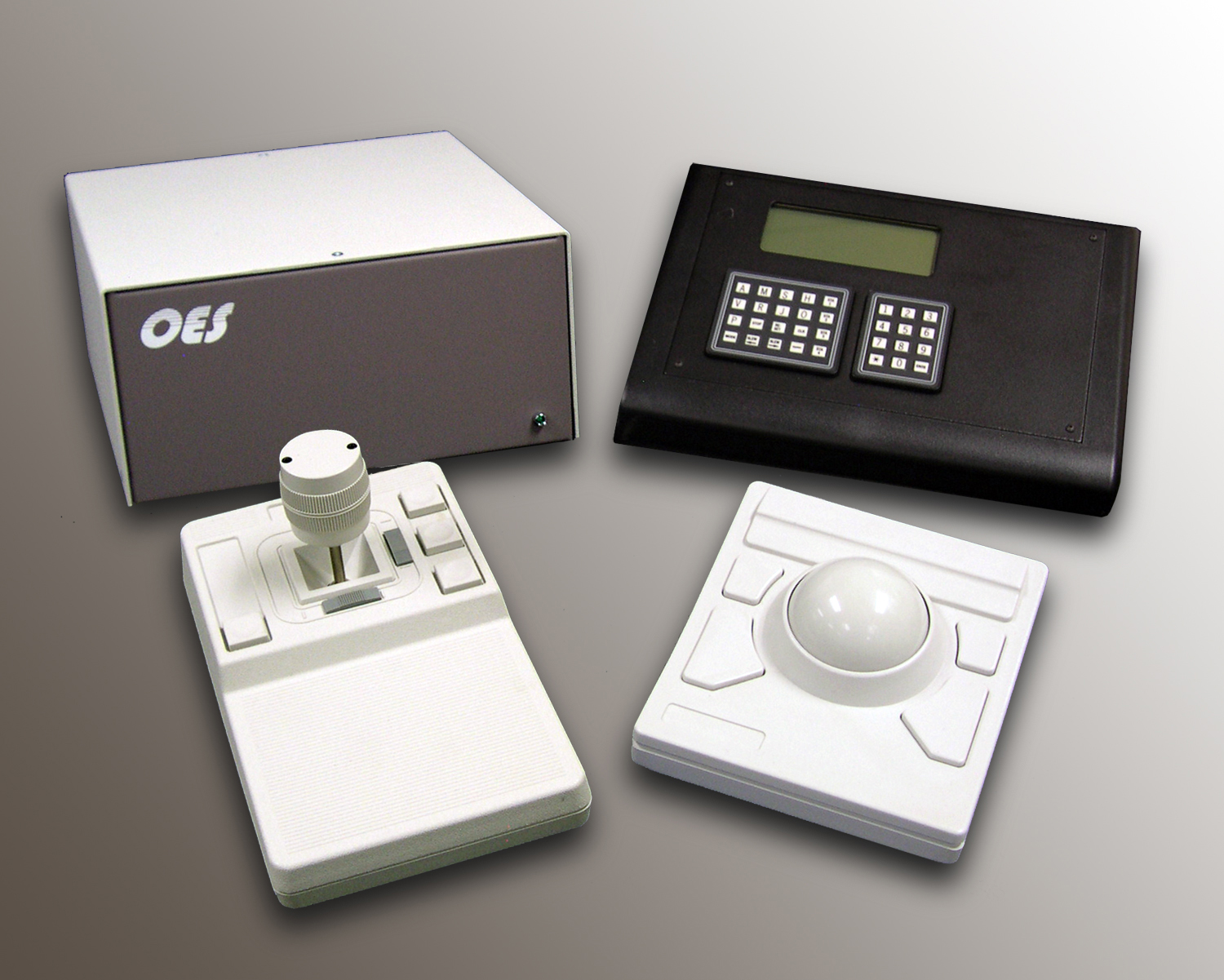The Sonata series of motion controls from Optimal Engineering Systems (OES) is a standalone plug-and-play motion control. The systems in this series support up to three axes of motion, in any combination of steppers, DC servo and brushless servo motors, and voice coil motors. More after the jump.

Each system includes the power supplies, the motion controller, the micro-stepper and/or servo motor drivers. The operator interface terminal makes the system totally stand-alone and allows the operator to interact with the motion controller without needing an additional PC. The system can also be operated using an analog joystick or a trackball. The speed of the motor is proportional to the tilt angle of the joystick or the rotational speed of the trackball. Using the 4-line LCD and 32 button keypad, the user can enter motion parameters and select different modes of operation.
Power supply options include: 115 or 230 VAC (standard) and 12 VDC to 80 VDC (Optional). The power supply will be selected to meet the customer’s requirements. The available wattages are 80 W, 160 W, 240W, 400 W and 500 W. Options available for these Plug-and-Play systems include, motors, encoders, drivers, and cabling. Measuring just 10.0 in. (265 mm) x 10.8 in. (265 mm) x 4.875 in. (124 mm), or in a 19 inch (482.6 mm) rack mount enclosure, the Sonata motion control systems are easy to install.


Leave a Reply
You must be logged in to post a comment.